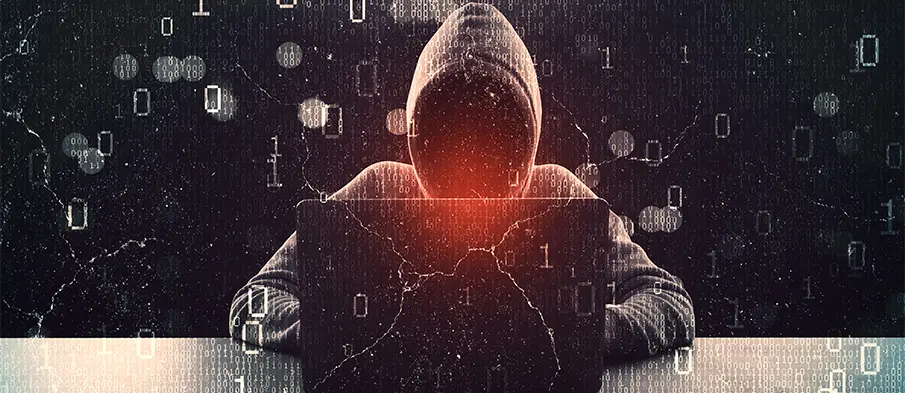
Cyber resilience refers to an organization’s or business process’s ability to anticipate, withstand, and recover from cyber-attacks, while rapidly adapting and enhancing its capabilities in response to any disruptive impact caused by such incidents.
Key components of cyber resilience include proactive preparation, prevention, and resistance to adverse events; maintaining critical operations during an attack; recovering effectively; and adapting systems, processes, or training based on the incident and its outcomes to better handle future threats.
Building cyber resilience involves implementing a combination of preventive, detective, and corrective cybersecurity controls to mitigate and detect cyber risks. Organizations can strengthen their resilience by applying these controls across various layers—such as applications, networks, and endpoints—and by maintaining continuous, comprehensive security monitoring of their most critical assets, or “crown jewels.”
Pillars of Cyber Resiliency
Know Your Crown jewels
Organizations must identify and prioritize protection of their most critical assets—data, systems, and processes. Applying uniform controls across all assets isn’t cost-effective or practical. A risk-based approach involves classifying applications by severity (high, medium, low), enabling resource allocation where it matters most. This ensures secure and reliable data flow even amidst growing cyber threats.
Application Resiliency
Modern architectures are shifting towards microservices and containerization. Each stage of the application lifecycle—development, build, test, deploy, and operate—should incorporate robust security controls. By embedding security early and continuously, applications become more resistant to threats, contributing to overall cyber resilience.
Network Resiliency
Strong network security underpins cyber resilience. A layered defense strategy that includes network segmentation, Zero Trust principles, and real-time threat detection is key. Recommended practices include:
- Enforcing strict egress policies to limit data exfiltration.
- Analyzing outbound traffic and persistent connections to detect compromise.
- Monitoring lateral movement with internal firewalls and NIDS.
- Using NetFlow for visibility into traffic anomalies.
Assuming breach and actively seeking threats enhances defense and resilience.
End Point Security
Endpoints are frequent targets for attackers seeking vulnerabilities to exploit. Key strategies include:
- Disabling built-in administrator accounts and monitoring access attempts.
- Using application whitelisting to allow only approved software.
- Deploying EDR/XDR solutions for advanced detection and response.
- Identifying both managed and unmanaged devices for full visibility and control.
Robust endpoint security helps close common entry points for attackers.
Continuous Monitoring
Real-time monitoring is essential for detecting threats before they escalate. An effective Security Operations Centre (SOC) is crucial. A Next-Gen SOC should integrate SIEM, SOAR, UEBA, and threat intelligence feeds to provide comprehensive visibility and faster incident response.
Incident Response, Cyber Crisis Management and Business Continuity
Despite the best defenses, incidents can and will occur. A well-documented Incident Response Plan (IRP) is essential. Since an event can evolve into a crisis or disaster, organizations should integrate incident response with Cyber Crisis Management and Business Continuity Planning. This ensures a coordinated and effective response that supports long-term resilience.
Conclusion
Cyber resilience is not just about technology—it’s about people and processes too. Well-trained, empowered staff are critical to managing systems effectively and responding to threats with agility. As the saying goes, “Take care of your people, and they will take care of you.” With the right mix of technology, processes, and skilled professionals, organizations can build a truly resilient cybersecurity posture.






